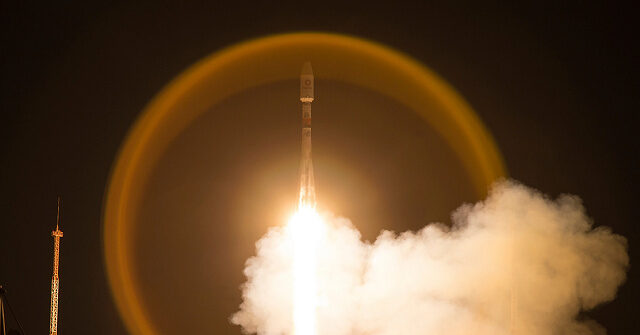On November 5, coinciding with the U.S. Election Day, Kazem Jalali, the Iranian ambassador to Russia, announced that Russia would be launching two Iranian satellites—Kowsar and Hodhod—into orbit. This launch is part of a larger framework of scientific and technological cooperation between Iran and Russia, aiming to enhance collaboration in space technologies. Jalali emphasized that the launch represents a significant step for Iran, particularly for its private sector involvement in space exploration and technology, marking a pivotal moment in Iran’s ambitions to expand its capabilities in this arena.
The satellites are to be deployed into a low Earth orbit at 500 kilometers using a Soyuz launch vehicle, an established and reliable series known for being the longest continuously operational spaceflight program globally. Previous collaborations have seen Iran successfully place satellites into orbit through Russian assistance; however, this launch is distinctive as it involves satellites developed by private Iranian firms rather than solely governmental entities. This shift signifies the growing role of Iran’s burgeoning private sector in the nation’s space endeavors, encouraging innovation and technological advancement.
The Kowsar satellite, weighing just under 70 pounds and designed for high-resolution imaging, is expected to serve vital roles in agricultural monitoring and land surveying, boasting a lifespan of over three years. In contrast, the smaller Hodhod satellite is primarily dedicated to communications, with design purposes including transportation management and environmental protection. Hodhod is projected to operate for four years in orbit. Both satellites have been developed by young Iranian scientists associated with Omid Faza, a nominally private company that operates under the auspices and support of various Iranian governmental entities, such as the Iranian Space Agency and the Iranian Ministry of Science.
Iran maintains that its space program is entirely peaceful and in compliance with U.N. Security Council resolutions, highlighting its commitment to non-military applications of its space technology. However, Western intelligence agencies express skepticism about these claims, noting potential military implications tied to satellite technologies, such as capabilities applicable to ballistic missile development and guidance systems.
The recent announcement follows a previous instance in February when a Soyuz rocket launched an Iranian research satellite named Pars 1. Similar to the upcoming Kowsar satellite, Iran asserted that Pars 1 was intended for topographical assessments of its territory. These developments underscore Iran’s continued focus on expanding its space program while balancing the dual narrative of peaceful scientific advancement against concerns from the international community regarding the potential dual-use nature of the technologies involved.
In summary, the launch of Kowsar and Hodhod signifies not only a milestone in Iranian-Russian space cooperation but also reflects a transition towards greater involvement of the private sector in Iran’s scientific endeavors. As these satellites aim to bolster agricultural monitoring, land surveying, and communications, the international community remains watchful of Iran’s strategies in space and its implications for regional and global security.

